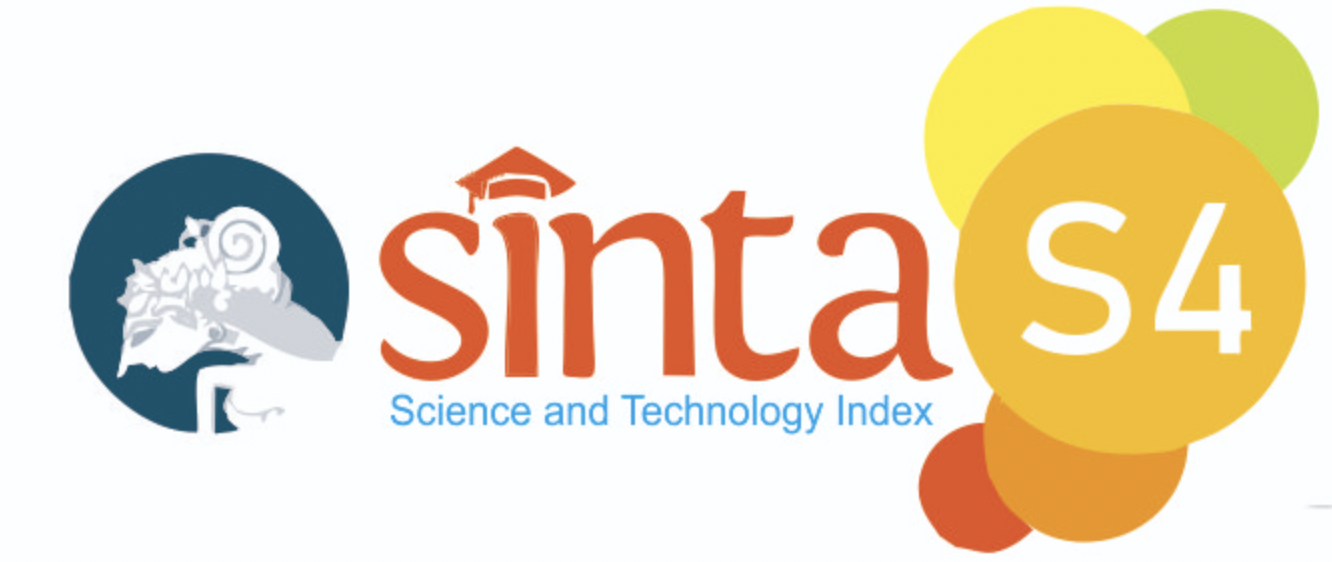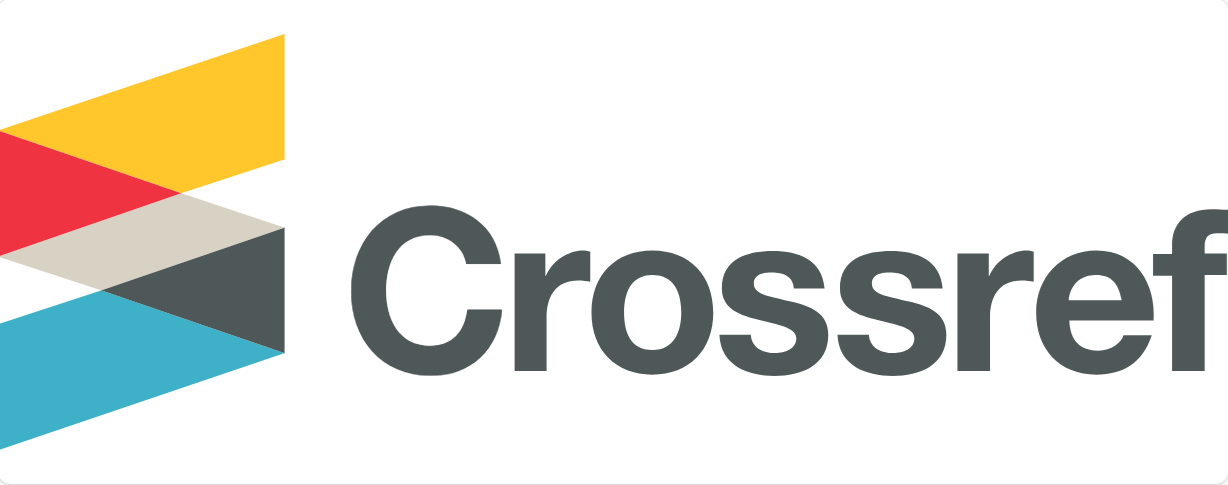Abstract
The Kompas newspaper is known as a daily for adults, but there is a rubric aimed at children called the Kompas Anak rubric. it is important to see how the framing, starting from the knowledge, information, messages, illustrations or drawings, writing, words and sentences that differ between children and adults. This study examines the transfer of knowledge through the "Kompas Anak" rubric. The purpose of this study is to describe the process of knowledge transfer to the child through mass media in the form of rubric named "Kompas Anak" by looking at the framing done on articles that containing knowledge for children. This qualitative research uses framing analysis method. Framing method is used to analyze knowledge transfer by the sender of knowledge through the rubric of "Kompas Anak". The results showed that the process of knowledge transfer that occurs in the "Kompas Anak" rubric is a mean to instill general knowledge in accordance with the understanding of children, so they can capture the knowledge transferred by the sender of knowledge.
References
- Anonim. (2015). Profil Kompas. Retrieved November 23, 2015, from http://profile.print.Kompas.com/profil/
- Anonim. (2015). Tentang “Kompas Anak”. Retrieved November 23, 2015, from http://anak.Kompas.com/Tentang.aspx
- Ambarwati, Pratiwi. (2015). Belajar Itu Asyik. Retrieved November 23, 2015, from http://epaper1.Kompas.com/Kompas/books/150201Kompas/
- Cisadani, Mia. (2015). Serba-serbi Prangko. Retrieved November 23, 2015, from http://epaper1.Kompas.com/Kompas/books/150222Kompas/
- Davenport, T. H., & Prusak, L. (1998). Working knowledge: How organizations manage what they know. Boston: Harvard Business School Press.
- Duan, Y., Nie, W., Coakes E., (2010) Identifying key factors affecting transnational knowledge transfer, Information and Management, 47 (7) pp356-363
- Effendy, O. U. (1989). Kamus Komunikasi. Bandung: Mandar Maju.
- Eriyanto. (2012). Analisis Framing, Konstruksi, Ideologi, dan Politik Media. Yogyakarta: PT LKiS Pelangi Aksara.
- Feather, J., & Sturges, P. (2003). In International Encyclopedia of Information and Library Science (2nd ed.). London: Routledge.
- Haryati, Sri. (2015). Tidur Cukup, Yuk!. Retrieved November 23, 2015, from http://epaper1.Kompas.com/Kompas/books/150215Kompas/
- Minbaeva, D. (2007). Knowledge Transfer in Multinational Corporations. Management International Review, 47(4), pp. 567-594.
- Nasution, Noehi, dkk. (1992). Psikologi Pendidikan. Jakarta: Dikti Depdikbud.
- Pawit, Om. (2015). Gempa? Siapa Takut?. Retrieved November 23, 2015, from http://epaper1.Kompas.com/Kompas/books/150208Kompas/
- Reitz, J. M. (2004). Dictionary for library and information science. London: Libraries Unlimited.
- Retnowati. (2015). Apakah Kamu Siap Kalah?. Retrieved November 23, 2015, from http://epaper1.Kompas.com/Kompas/books/150301Kompas/
- Szulanski, G. (1996). Exploring Internal Stickiness: impediments to the transfer of best practice within the firm. Strategic Management Journal, 17, 27-43.
- Taylor, A. G. (2009). The Organization of Information (3rd ed.). Wetspost, Connecticut: Libraries Unlimited.
- Toha-Sarumpaet, Riris K. (2010). Pedoman Penelitian Sastra Anak. Jakarta: Yayasan Pustaka Obor Indonesia.
Recommended Citation
Febriyanto, Febriyanto and Sadikin, Mohammad Aufar
(2020)
"An Information Framing Through Newspaper Media: Knowledge Transfer on Children,"
Jurnal Ilmu Informasi, Perpustakaan dan Kearsipan: Vol. 22:
No.
1, Article 1.
DOI: 10.7454/JIPK.v22i1.001
Available at:
https://scholarhub.ui.ac.id/jipk/vol22/iss1/1
Included in
Archival Science Commons, Collection Development and Management Commons, Information Literacy Commons







